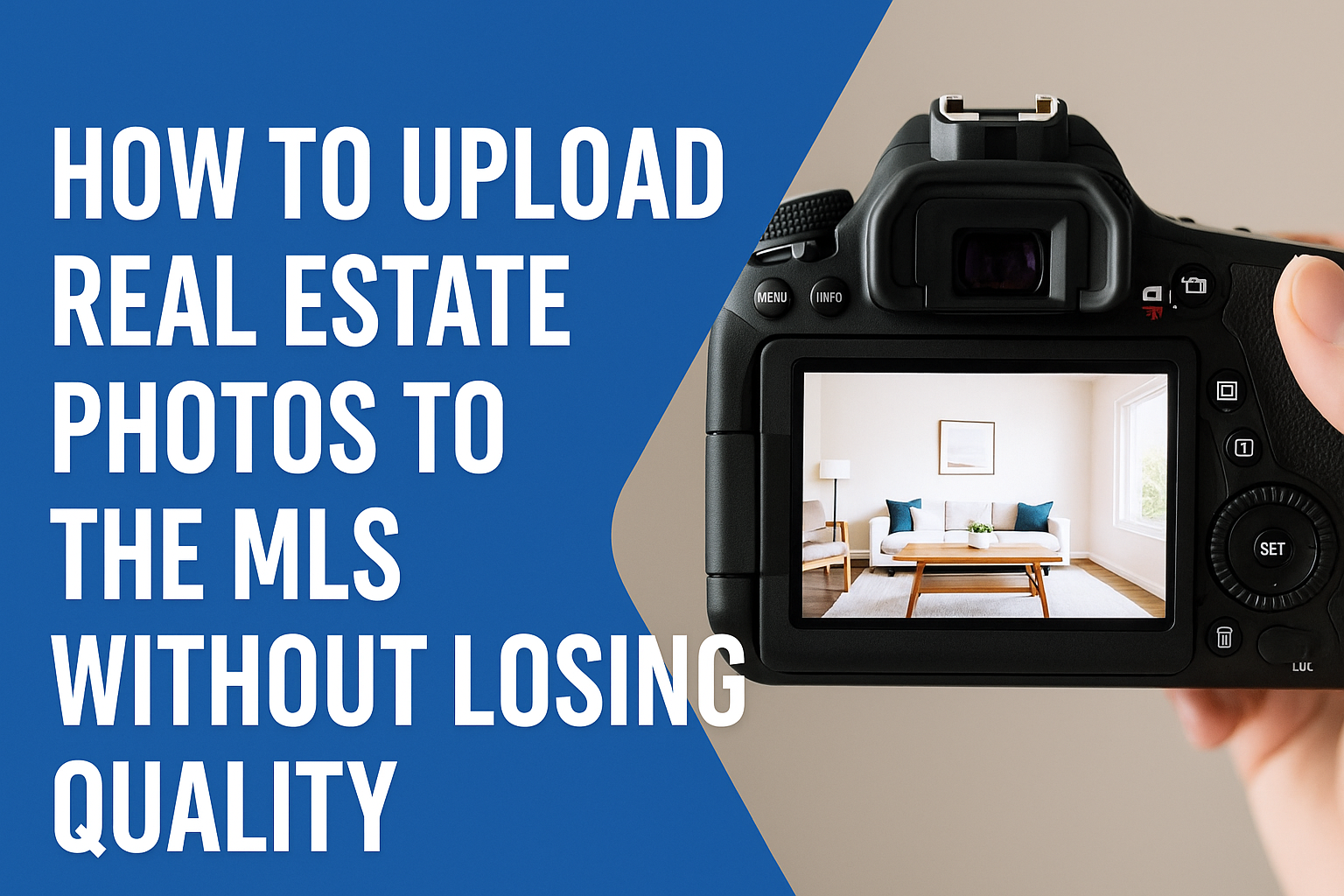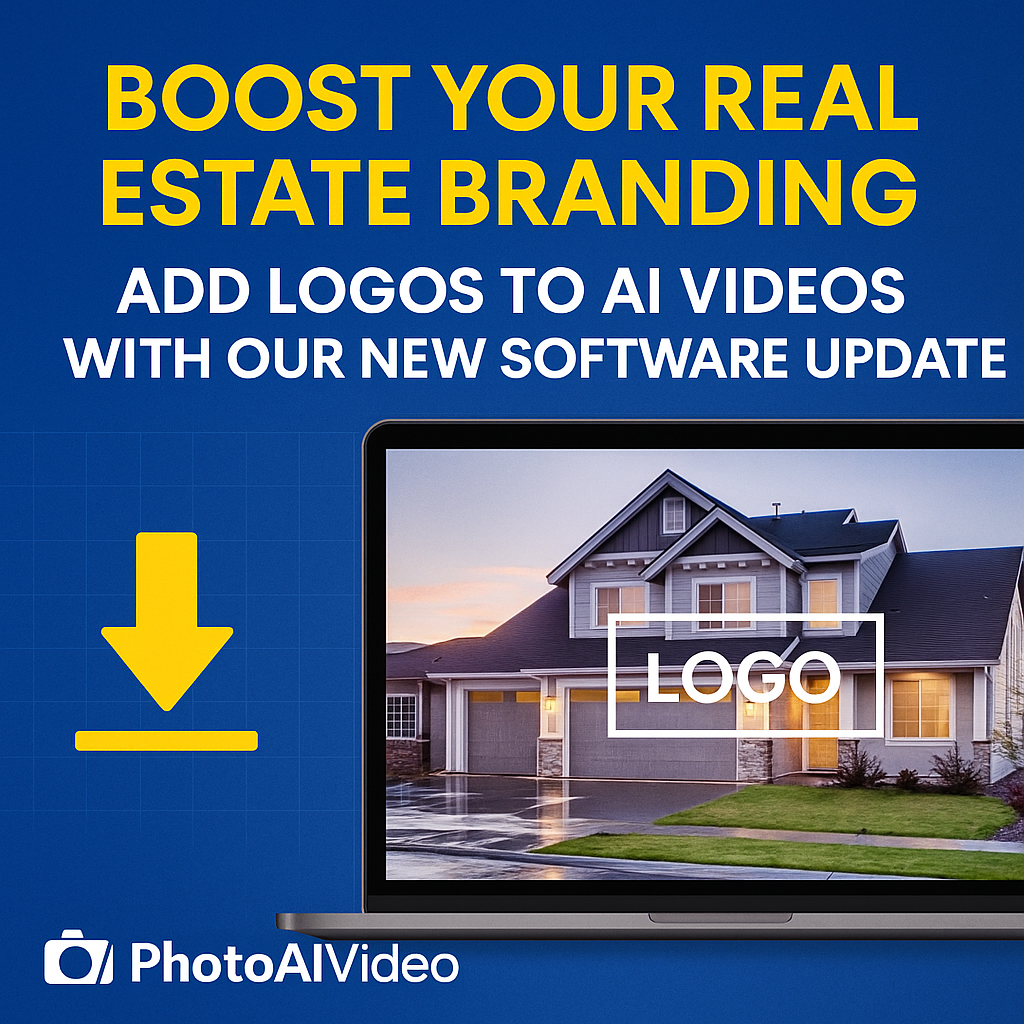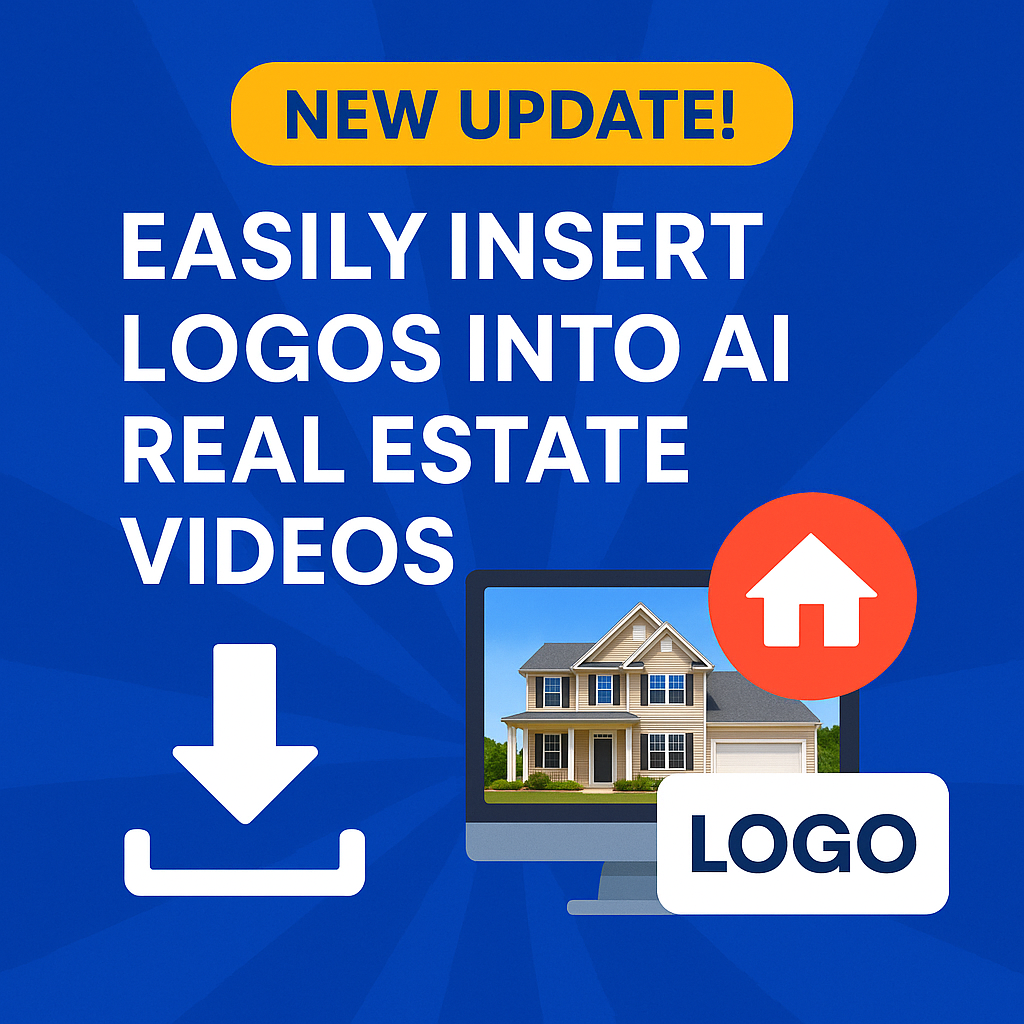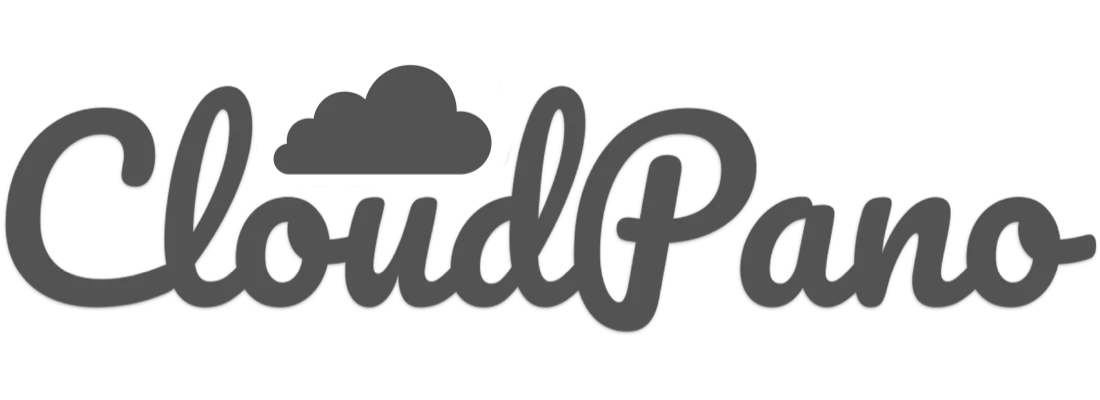📸 How to Upload Real Estate Photos to the MLS Without Losing Quality
When it comes to selling a property fast and for the highest price possible, one truth remains crystal clear: your photos are the first showing.
If they’re sharp, vibrant, and high-quality, potential buyers will click, view, and book showings. If they’re blurry, pixelated, or poorly lit… well, you’ve just lost interest before you even started.
Unfortunately, many real estate agents and photographers unknowingly upload stunning photos to the MLS — only to see them look soft, washed-out, or compressed once they appear online.
This guide will walk you through exactly how to upload real estate photos to the MLS without losing quality so your listings pop on every platform.
🏆 Why MLS Photo Quality Is a Big Deal
When buyers are scrolling through dozens of listings on sites like Zillow, Realtor.com, and Homes.com, your images are competing for attention in milliseconds.
High-quality photos:
- ✅ Grab attention immediately
- ✅ Increase click-through rates
- ✅ Help justify higher asking prices
- ✅ Build your reputation as a professional agent or media pro
On the flip side, low-quality MLS photos scream “cut corners” — and that hurts your brand.
📂 Step 1: Start With the Highest Resolution Possible
The old saying is true: garbage in, garbage out. If you start with poor-quality originals, no upload trick will save you.
Pro tips:
- Shoot in RAW whenever possible — you’ll retain maximum detail for editing.
- Export your JPEGs at 3000px wide or larger before resizing.
- Avoid over-compressing images before the MLS even sees them.
Remember, you can always shrink an image down, but you can’t stretch it larger without losing sharpness.
⚙️ Step 2: Know Your MLS’s Exact Requirements
Every MLS has its own rules for maximum pixel dimensions and file sizes. If you exceed them, the system will often resize or compress your images automatically — and not always in a flattering way.
For example:
- Some MLS systems limit you to 2048 × 1536 pixels.
- Others allow up to 4096 × 3072 pixels.
- File size caps usually range between 10–15 MB per image.
Check your MLS documentation or call their support line to confirm the exact specs before you start exporting.
🖼 Step 3: Resize Without Killing the Detail
The sweet spot is big enough to look great on large screens, but small enough to meet MLS limits.
Here’s how to do it:
- Open your photo in Lightroom, Photoshop, or an equivalent editor.
- Resize to just under the MLS’s max resolution.
- Export at 80–90% JPEG quality — this keeps detail intact while reducing file size.
By keeping compression moderate, you avoid the blocky “artifacting” that makes photos look low-end.
🔄 Step 4: Keep the Aspect Ratio Consistent
Most MLSs display photos at a 4:3 aspect ratio. If you upload a panoramic shot or an odd crop, the system may stretch, distort, or add ugly black bars.
Best practice:
- Shoot and export in the same ratio your MLS uses.
- If you want to showcase wide shots, make them consistent across the set so your gallery feels polished.
🚀 Step 5: Use a Professional Upload Workflow
Here’s something many agents don’t realize — some MLS portals recompress photos again during upload.
To avoid this:
- Upload from a desktop rather than a mobile device when possible.
- Pre-optimize your images yourself so the MLS system doesn’t “over-process” them.
- Use software like CloudPano to create both your still photo set and a stunning 360° tour in one go. This lets you offer both high-res images and immersive content in a single MLS-friendly package.
🔍 Step 6: Preview Before Going Live
Before you click “Submit Listing,” always:
- View your uploaded photos inside the MLS portal.
- Compare them side-by-side with your originals.
- Check on both desktop and mobile screens for sharpness and color accuracy.
If you see noticeable degradation, re-export with slightly different compression settings and try again.
💡 Bonus Tip: Go Beyond Static Photos
Even perfectly uploaded stills can only do so much. Many MLSs now allow additional rich media like:
- 🌀 360° Virtual Tours (CloudPano makes this simple)
- 🎥 Cinematic listing videos (perfect for social media shares)
- 📐 Interactive floor plans (help buyers visualize space instantly)
These not only boost engagement but also help you stand out from competitors relying on photos alone.
📊 Real-Life Example: Quality That Converts
Before:
- 8MB JPEG straight from camera, uploaded directly to MLS → auto-compression → softer edges, muted colors.
After:
- Resized to MLS max resolution, exported at 90% quality, slight color enhancement, uploaded through a pro workflow → crisp, vibrant, and MLS-optimized.
The result? More clicks, more calls, and faster offers.
📢 Final Thoughts
Uploading to the MLS without losing photo quality isn’t complicated — but it does require paying attention to resolution, compression, and upload method.
By controlling the process yourself, you make sure your listings look as stunning online as they do in person — and that means more buyer interest, more showings, and better offers.
💡Bonus
🚀 Call to Action — Elevate Your MLS Listings Today!
🌐 CloudPano is your all-in-one solution for high-quality photo presentation and immersive property marketing. Start impressing sellers and attracting more buyers today.














.png)



.png)





.png)

.png)





